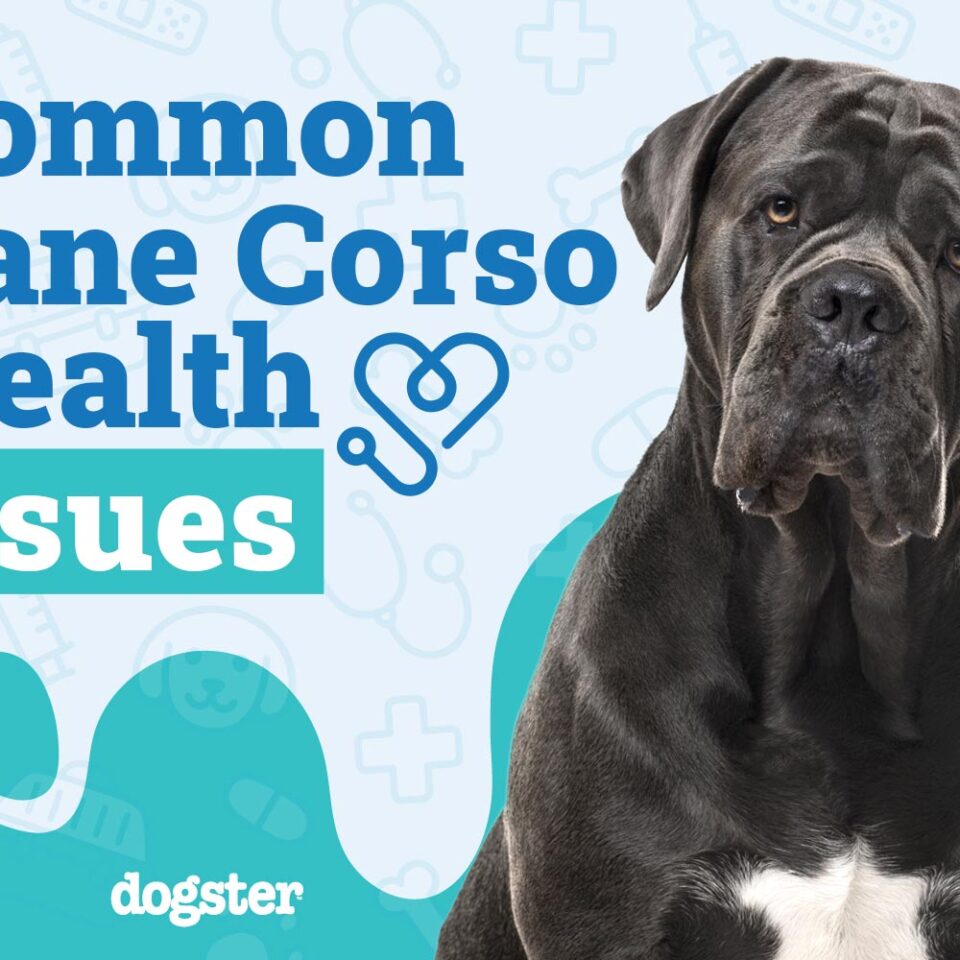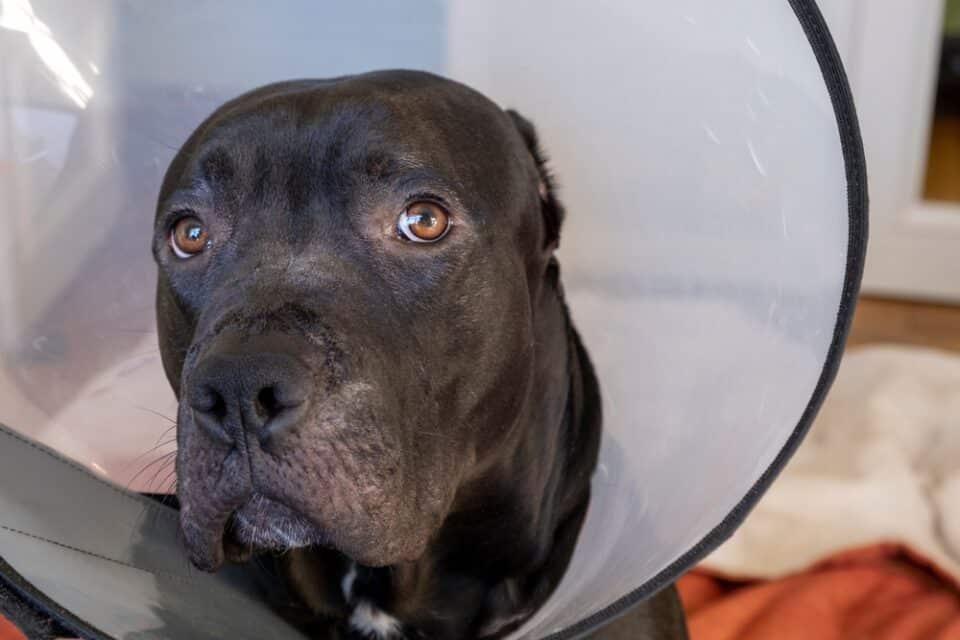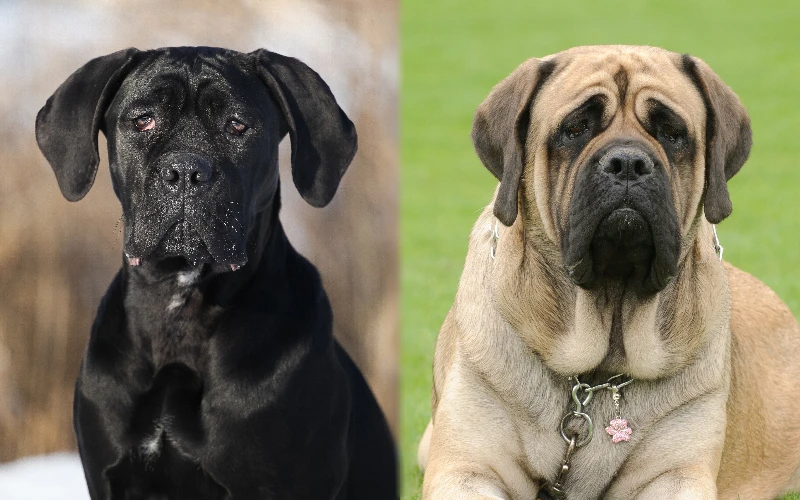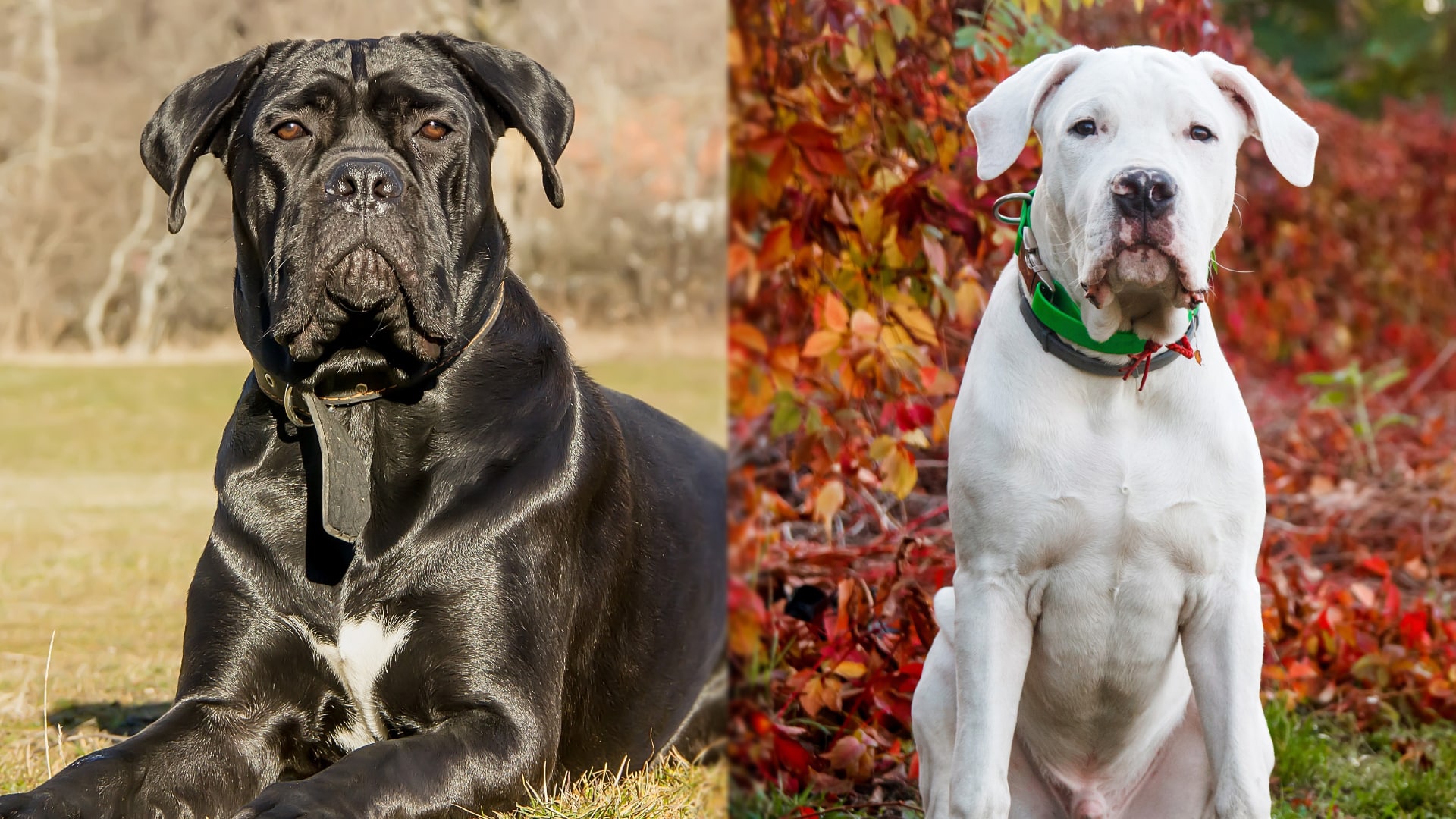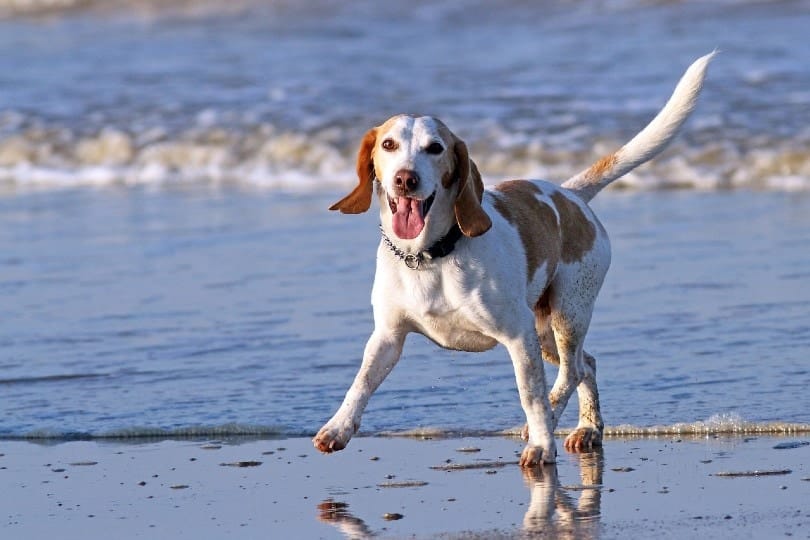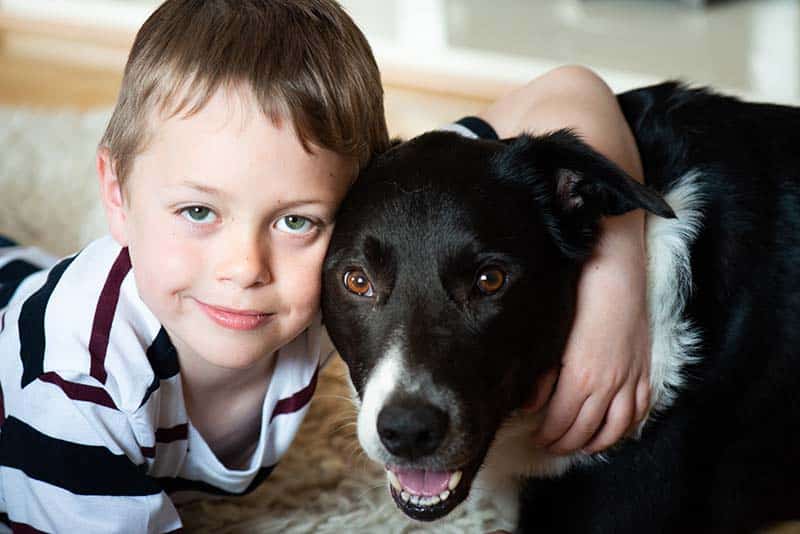Cane Corsos are elegant and robust, but they do face some health challenges that owners should be prepared for.
- Hip dysplasia is a common concern for Cane Corsos, leading to joint problems and pain over time.
- Obesity can be a silent threat, impacting joints and increasing the risk of various diseases.
- Idiopathic epilepsy is a puzzling condition that can cause distressing seizures in affected dogs.
- Eye issues like entropion and ectropion can affect vision and comfort, necessitating early intervention.
Cane Corsos are the epitome of strength and grace. Yet, beneath their strong exterior, they face various health challenges. First up is hip dysplasia, a condition affecting many large breeds. It begins in the puppy stage when the hip joint doesn’t develop properly, leading to looseness and inflammation. Over time, it results in chronic pain as the wear and tear on the joints increase, potentially leading to arthritis. Symptoms such as limping and difficulty standing can appear as they age.
Next, let’s talk about obesity. Like many large breeds, Cane Corsos have a hearty appetite and don’t often know when to stop eating. This can lead to obesity, putting pressure on their joints and opening the door to several health problems like diabetes and heart disease. A nutritious diet and regular exercise are crucial in keeping these dogs trim and healthy.
Seizures caused by idiopathic epilepsy are another serious health concern. The term ‘idiopathic’ means the cause is unknown, making treatment complicated. Affected Cane Corsos between one and five years exhibit dramatic seizures characterized by limb paddling, stiffness, and possible loss of bowel control. This terrifying experience requires immediate veterinary attention.
Eye issues such as entropion and ectropion are also prevalent. Entropion occurs when the eyelids turn inward, causing fur and lashes to irritate the cornea, potentially leading to corneal ulcers and pain. Ectropion, on the other hand, involves droopy eyelids that expose the sensitive inner eye, heightening the risk of infections and inflammation.
The skin condition known as demodectic mange is another unwelcome guest for Cane Corsos. Called ‘red mange,’ it is caused by parasitic mites that usually live harmlessly on a dog’s skin unless the immune system is weakened. The resulting inflammation and hair loss lead to discomfort and require treatment.
Bloat and gastric dilatation volvulus (GDV) are life-threatening conditions particularly worrisome for large-chested breeds like Cane Corsos. When the stomach fills with gas and twists, it can cause shock and collapse. Quick medical intervention is crucial to save the dog’s life. Risk factors include eating large meals and exercising right after eating.
Finally, we come to ectropion. This condition involves loose eyelids that expose the inner eye, sometimes bred intentionally to give the dog a soulful appearance, albeit irresponsibly. If not addressed, it can cause persistent infections and other eye issues.
Being proactive with veterinary care and adopting a healthy lifestyle can help manage many of these health challenges.
